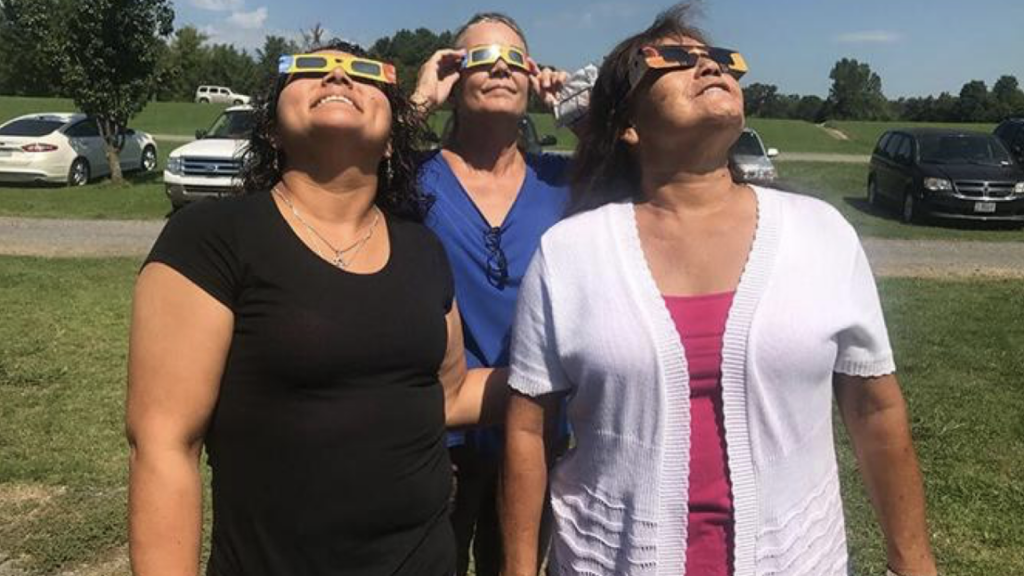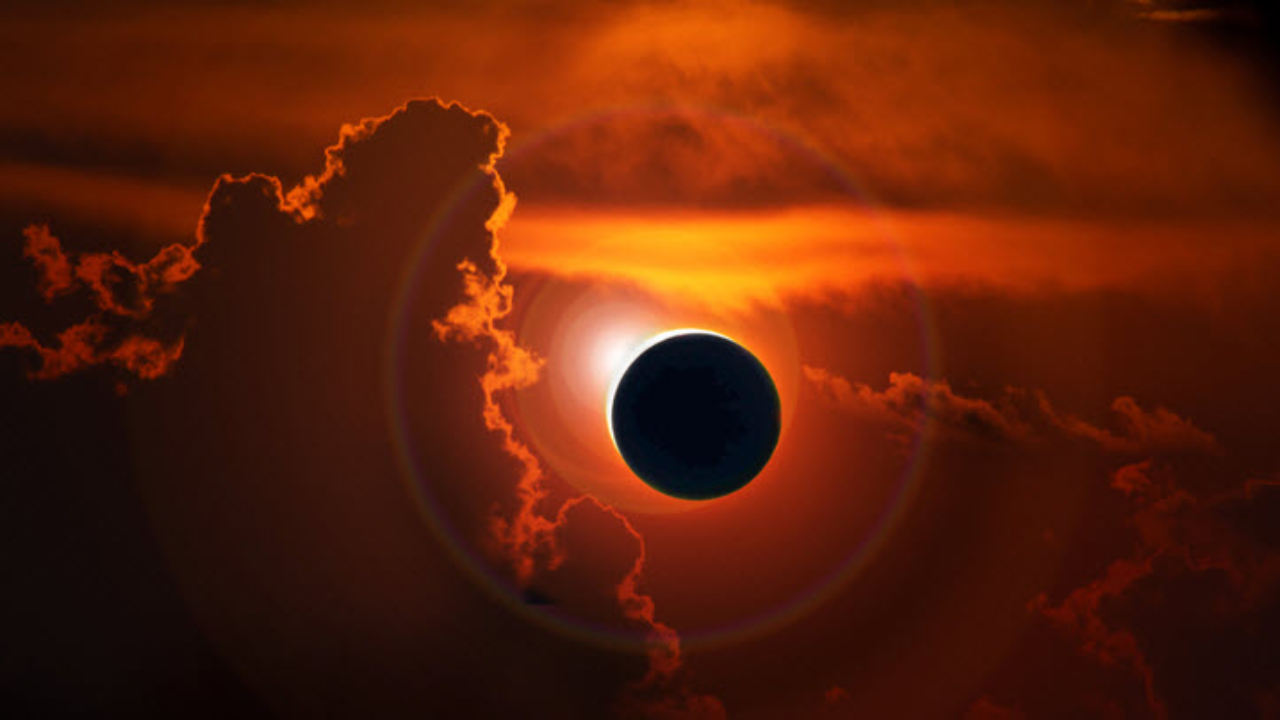Townelaker– On April 8, North America will witness a rare astronomical event, a total solar eclipse, marking the second occurrence in seven years. While science explains solar and lunar eclipses, various Native American tribes have their own unique stories and beliefs surrounding these celestial phenomena.
A total solar eclipse occurs when the moon aligns between the earth and the sun, casting a shadow on the earth and momentarily darkening the sky, depending on the location of the shadow. The Cherokee people, among others, have rich lore surrounding eclipses. According to Cherokee tradition, a giant frog, or walosi, is believed to eat the sun or the moon during an eclipse.
As the sun or moon dims in the sky, it is interpreted as the frog consuming the celestial body. To “rescue” the sun or moon and restore balance, the Cherokee would create loud noises by banging rocks together, shaking shells, and shouting. The introduction of guns and firecrackers was also used to make noise and scare the frog away.
The Kumeyaay tribe from southern California has a different perspective, viewing the sun and moon as star-crossed lovers. According to Kumeyaay lore, the sun and moon were unable to marry as it would disrupt the balance of life. Thus, the sun remains awake during the day, and the moon stays awake at night. During an eclipse, the lovers steal a moment together before returning to their separate duties.

In contrast, the Navajo tribe considers an eclipse as a sacred time for reflection and meditation. Navajo tradition advises individuals to stay indoors, refrain from eating or drinking, and sit quietly in reverence during an eclipse. The Navajo believe that the eclipse signifies a sacred moment between the sun and moon, and it is not to be witnessed but respected from a distance.
Historically, eclipses have been linked to significant events. For instance, the emergence of the Haudenosaunee Confederacy on August 22, 1142, coincided with a total solar eclipse. The Haudenosaunee Confederacy, composed of the Mohawk, Oneida, Onondaga, Cayuga, and Seneca Nations in the northeastern United States, marks this event as a pivotal moment in their history.
Read More News: Ready to Motivate and Direct Creekview Girls Towards Achievement, Herrick
Proactive Diabetes Prevention at Health Center
Connie Cronley, of Tulsa and Cherokee Nation, will headline a Tahlequah author event on April 13.
While science has provided explanations for eclipses, many tribes and cultures have their beliefs and stories that reflect their deep connection to the natural world. These diverse perspectives highlight the importance of celestial events in shaping cultural beliefs and traditions.

